ASSERTIVE WOMEN OF THAARU TRIBE FROM TARAI


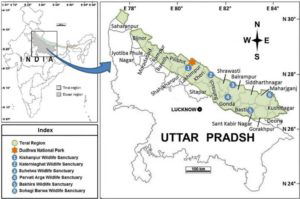
The legendary land of India i.e, Bharat, has countless tales to share from her infinite glorious past which undoubtedly will mesmerize the young minds of today and take them closure to their ‘true’ roots, untold by the books of history written from a colonial perspective. Now, it is time for self-gaze through the Indian ‘Lens’.
Taking a page from our timeless, glorious history, let’s learn about a lesser known incident from the annals of Medieval Indian History characterised by romance and twist of fate and circumstances that led to union of high class beautiful Rajput princesses with the brave warrior tribes of Bhils of Tarai region located in the lowland areas in northern India covering Indo-Gangetic plains, from Yāmuna river eastward across present day Haryana, UP, Uttarakhand, Bihar till West Bengal.
As recorded in history of Tarai, once upon a time in the midst of a ruthless attack by Islamic forces in Tarai region, a loving and brave Sisodia clan Raja decided to spirit out his beautiful daughters from his kingdom. Though he was very much prepared to fight till last drop of blood and die honourably in the battlefield, he could not bear the thought of his beautiful, charming daughters dying in the fiery self immolation pit of Jauhar or being captured by the barbaric Islamic forces to end up as sex slaves in the Muslim Harems.
Thus, he summoned some of his old bravest Rajput retainers and assigned them with the task of protecting his beautiful daughters and attached a troop of Bhil warriors with them, who were to escort his daughters till they reach the safety of remote Himalayan kingdoms with whom he had ties of blood.

Unfortunately, during their arduous, gruelling journey through the difficult terrains, the old Rajput retainers succumbed to malaria and other debilitating diseases that were common in Tarai area. Eventually, when the last of the Rajput retainers died, the princesses realised that they could no further continue the difficult journey on their own, for neither they nor the troop of Bhil warriors knew the exact way to reach upto their safe havens in Himalayas.
Their old Rajput retainers, while gravely ill, were hallucinating so much that they could not even speak coherently.
The princesses were young and full of life. They did not want to die on account of some deadly disease in the middle of countryside.
Hence, they made an agreement with their accompanying Bhils warriors that they would settle down there in a fertile clearing of Tarai region by marrying them, but ONLY on one condition.
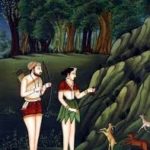
The condition was, from that day onwards their female descendants would always be superior to their males. They and their female descendants would cook food for themselves and as a matter of tradition, for their men too but won’t serve them.
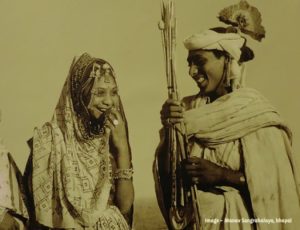
Those princesses seem to have agreed to discharge all other responsibilities of a wife except the above, because this union has been a peaceful one so far.
Since then, Thaaru women (descendants of those fleeing beautiful Sisodia Rajput princesses) cook their men’s food and then they place an empty thali on the floor and kick it towards their men, indicating them to serve the cooked food themselves.
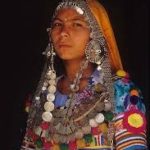
Such Thaaru women have distinguished high cheek bones and almond eyes. But the most striking feature of these women is the extraordinarily bright, embroidered skirts and backless cholis they wear. Also, as an indication of their Rajput ancestry, they carry columns of metal bangles on their arms and ankles.

Thaaru women, upto present times, are found to be usually NOT docile or subservient type, as in case of many married women in villages of north India. These women are proud of their ancestry and fiercely independent. T
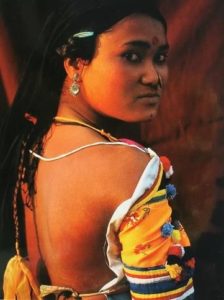
Sources:
1)Muslim Slave System in Medieval India by Prof. K S Lal, pp. 64-65; Aditya Prakashan, New Delhi, First published in 1994, First reprint 2016.
2)Hugh and Colleen Gantzer writings published in Sunday Magazine, Indian Express, 19th January, 1992.
3)Image Sources:
b)https://wellcomecollection.org/works/htnxkn63
c)https://tamilandvedas.com/tag/bhils/
d)https://www.hinduhumanrights.info/the-bhils-saga-of-the-most-famous-hindu-tribal-warriors/
e) https://www.gavari.info/about-bhil-culture/teerkmaan-bows-arrows-of-the-bhils/
f) https://telanganatoday.com/bhil-tribe-and-their-demand-for-separate-state
g)https://www.pinterest.com/pin/379006124866633202/
h)https://alltravelbusiness.blogspot.com/2009/12/lets-know-tharus.html
DISCLAIMER: The author is solely responsible for the views expressed in this article. The author carries the responsibility for citing and/or licensing of images utilized within the text.
